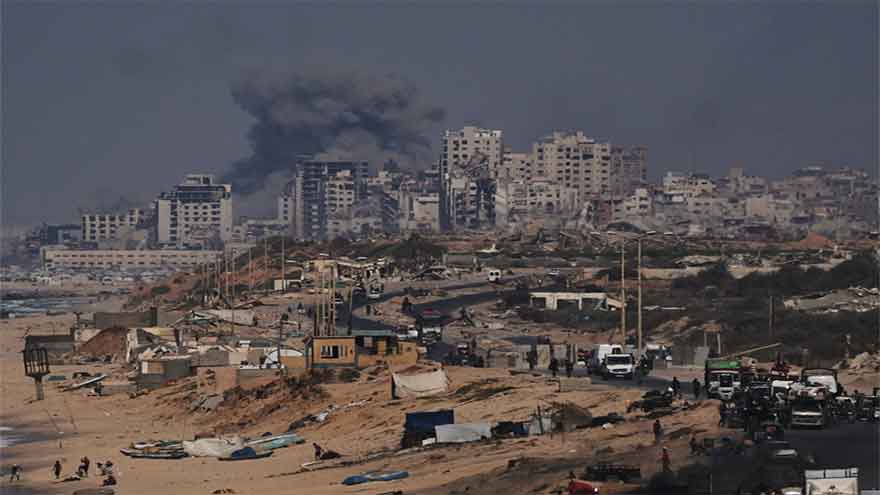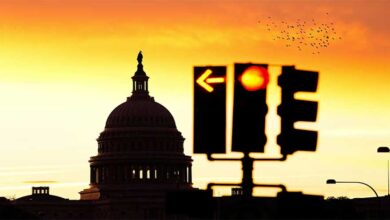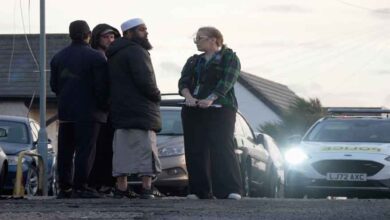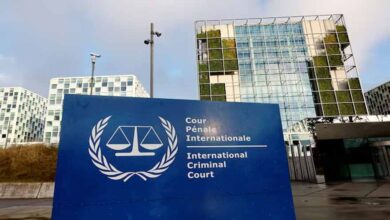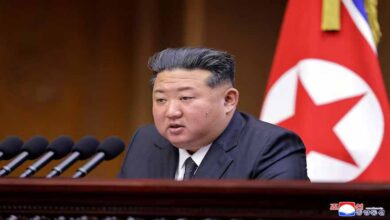BEIRUT: As a tenuous ceasefire took hold in Gaza this month, Israel launched more airstrikes on southern Lebanon — 11 months into a ceasefire there.
The bombardment of a construction equipment business killed a Syrian passerby, wounded seven people including two women, and destroyed millions of dollars worth of bulldozers and excavators.
The Oct. 11 strikes would be an anomaly in most countries not at war. But near-daily Israeli attacks have become the new normal in Lebanon, nearly a year after a U.S.-brokered truce halted the latest conflict between Israel and Hezbollah.
Some see a likely blueprint for the Gaza ceasefire, with ongoing but lower-intensity conflicts. On Sunday, Israel struck Gaza after it said Hamas fired at its troops, in the first major test of the U.S.-brokered truce.
Mona Yacoubian, director of the Middle East program at the Center for Strategic and International Studies think tank, described the Lebanon scenario as a “lessfire” rather than a ceasefire.
Lebanon “could well serve as the model for Gaza, essentially giving leeway to Israeli forces to strike whenever they deem a threat without a full resumption of conflict,” she said.
The latest Israel-Hezbollah conflict began the day after the Oct. 7, 2023, Hamas-led attack on Israel triggered the war in Gaza. The militant group Hezbollah, largely based in southern Lebanon, began firing rockets into Israel in support of Hamas and the Palestinians.Israel responded with airstrikes and shelling. The low-level conflict escalated into full-scale war in September 2024.
The ceasefire on Nov. 27, 2024, required Lebanon to stop armed groups from attacking Israel and Israel to halt “offensive” military actions in Lebanon. It said Israel and Lebanon can act in “self-defense,” without elaborating.
Both sides can report alleged violations to a monitoring committee of the U.S., France, Israel, Lebanon and the U.N. peacekeeping force known as UNIFIL, but the deal is vague on enforcement.
In practice, Israel has largely taken enforcement into its own hands, asserting that its strikes in Lebanon target Hezbollah militants, facilities and weapons.
Israel says it aims to stop the badly weakened group from rebuilding. Lebanese officials say the attacks obstruct its efforts to get Hezbollah to disarm by giving the group a pretext to hold onto its weapons.
Lebanon also says Israel’s strikes, including the Oct. 11 one, often harm civilians and destroy infrastructure unrelated to Hezbollah.
Lebanon’s health ministry has reported more than 270 people killed and around 850 wounded by Israeli military actions since the ceasefire. As of Oct. 9, the U.N. human rights office had verified that 107 of those killed were civilians or noncombatants, said spokesperson Thameen Al-Kheetan.
From Nov. 27, 2024, to mid-October, UNIFIL detected around 950 projectiles fired from Israel into Lebanon and 100 Israeli airstrikes, spokesperson Kandice Ardiel said. During the same period, it reported 21 projectiles fired from Lebanon toward Israel. Hezbollah has claimed one attack since the ceasefire.
After the Oct. 11 strikes in Msayleh, Israel’s army said it hit “engineering equipment intended for the reconstruction of terrorist infrastructure in southern Lebanon.”
Lebanese authorities, Hezbollah and the equipment’s owner disputed that.
“Everyone in Lebanon, from all different sects, comes to buy from us,” owner Ahmad Tabaja told journalists. “What have we done wrong?”
Lebanese President Joseph Aoun called the strikes “blatant aggression against civilian facilities.” Parliament Speaker Nabih Berri accused Israel of seeking to prevent communities’ reconstruction. Lebanon complained to the U.N. Security Council.
A few days later, Israel struck a cement factory and a quarry, claiming Hezbollah planned to use it to rebuild its infrastructure.

